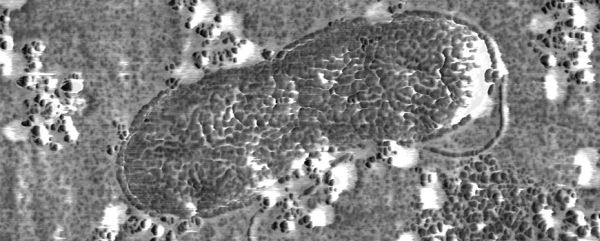Oceans play a very crucial role in the global carbon cycle. To gain a better and detailed insight of the process, researchers from Scripps Institution of Oceanography, UC San Diego are studying, the basis of the mechanism.
Carbon molecules are the key element of all biological compounds and are important to support life forms on earth. Researchers explain that phytoplanktons that are present at the base of the food chain require carbon dioxide to create new cells. During this process, a significant amount of cellular material is discharged into the sea as eatable molecules known as dissolved organic carbon. These eatable molecules are consumed by microscopic marine bacteria to be used as energy and get transformed back to carbon dioxide when the bacteria exhale. The net quantities of carbon that get preserved as cell material determine the key part that the ocean biology plays in storing carbon dioxide in the ocean.
Therefore, the quantity of carbon dioxide that gets locked up in the ocean is dependent on these minute recycling bacteria. But understanding the role of ocean at each step of global carbon cycle and identifying microbes that are responsible for the breakdown and recycling process, is extremely complicated.
The Scripp’s researcher Byron Pedler, Lihini Aluwihare, and Farooq Azam, during their study had identified a bacterium, known as Alteromonas. This bacteria can consume a significant amount of dissolved organic carbon as consumed by a various communities of oceanic organisms together.
Earlier the experts believed that various microbes would be required to break the pool of carbon molecules, but found that a single species can make a major difference in carbon cycling.
Researchers also wanted to find a way to calculate the amount of carbon consumed by a single form of microbe species. But as the organic matter is present everywhere around, researchers struggled to avert impurities of any kind during the study as there are number of molecules that are involved during the carbon cycle. Apart from such complexity, the carbon cycle is not visible to naked eyes as the process involved microscopic bacteria and molecules. The result of these microbial interplay is imperative for the global carbon cycle.
This study has helped to understand the significance of single bacterial species that has a major part to play in the carbon cycle and eventually in global warning and oceanic acidity. By gaining an insight in the process of carbon cycle and the major contributors, the researchers can further investigate to determine the biochemical and genetic requirements for breaking of the oceanic carbon pool.
Researchers are developing new methods to identify other microbes and to gauge their abilities in consuming carbon. Such studies will help the researchers to predict the consequences of climate warming and the increased acidity of the ocean.




